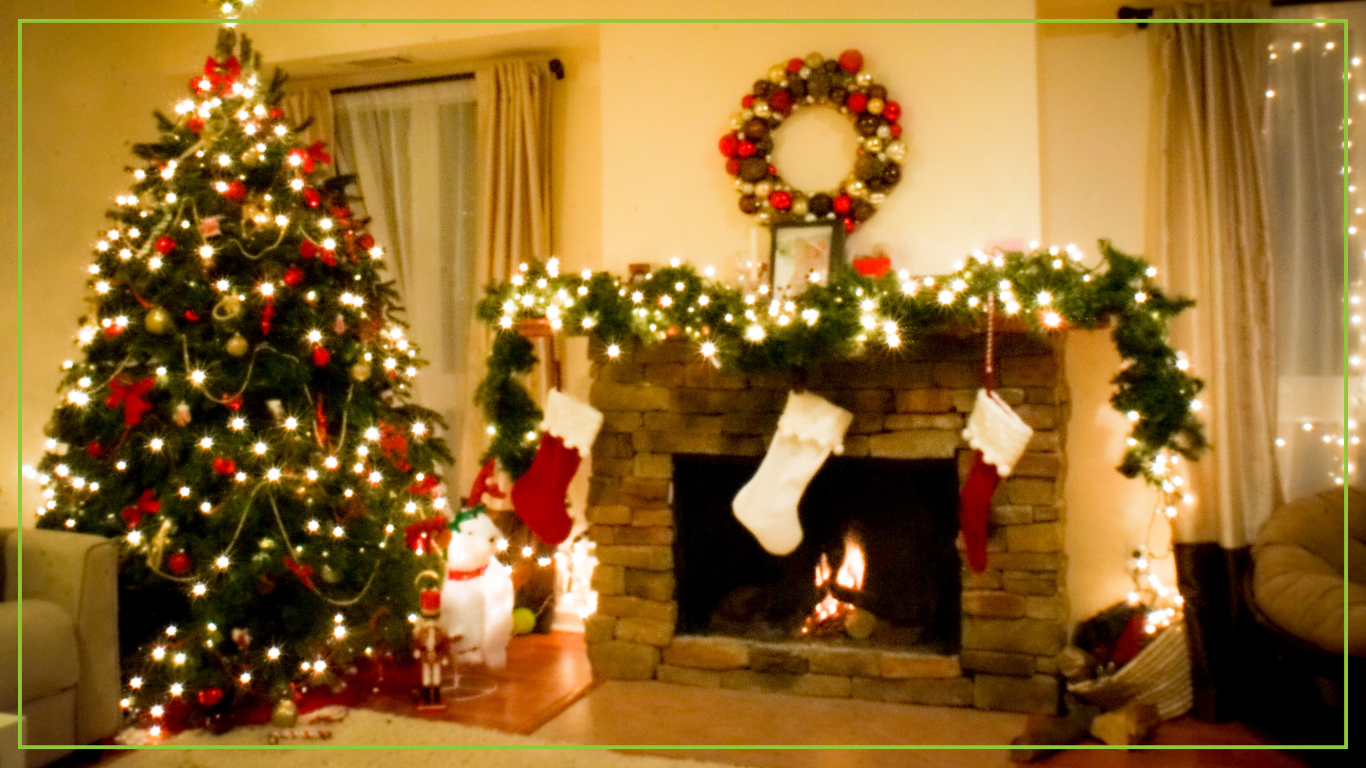At Christmas time, there are few things nicer than a colourful lights display. The temptation is to have as many lights as possible to feel festive and warm, but there are dangers of having too many lights, especially loaded into the same sockets.
Here are some things to remember when setting out your Christmas lights:
Plan
Make a note of where you would like lights to be placed and note the sockets available. It’s safer to spread them out, rather than have too many placed in the same sockets or in the same room.
Check
Check the lights for signs of wear and tear – don’t use any lights that have cables exposed or show any signs of damage. Also check plug sockets and extension leads for signs of damage before plugging lights in.
Amps
If you need to use extension leads to make lights reach a power supply, check that the amps of the lights do not exceed what the extension lead can handle.
Unplug
While installing lights, make sure the power is cut off and switches are not on. Also, when replacing bulbs, make sure there is no power going to the lights. Also unplug lights when they are not in use – overnight or when no one is in the house.
Underload
It’s best practice to put 20% less power through circuits than the maximum capacity. So for example, if your sockets say 15 Amps, don’t load more than 12 Amps into them.
Multiples
If you’re stringing together several sets of lights, don’t be tempted to add more than the instructions say. This is a quick fire way to overload a socket!
Outdoors
If you are putting lights outside, only use decorations and plugs that are suitable for outdoor use.
If you notice any flickering lights, buzzing sounds, overheating lights or burning smells, or if your trip switch is activated, this could be a sign of overloaded sockets.
Always be cautious when decorating with Christmas lights and if in doubt, don’t continue.


